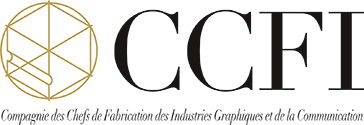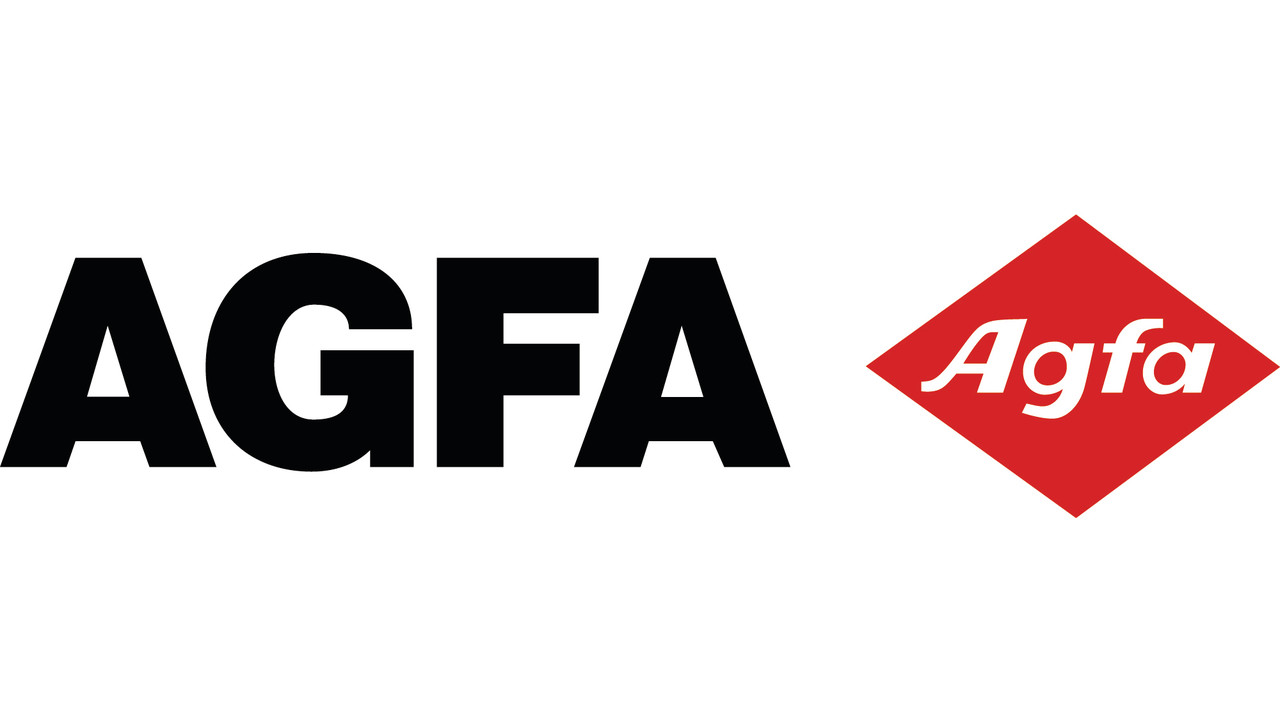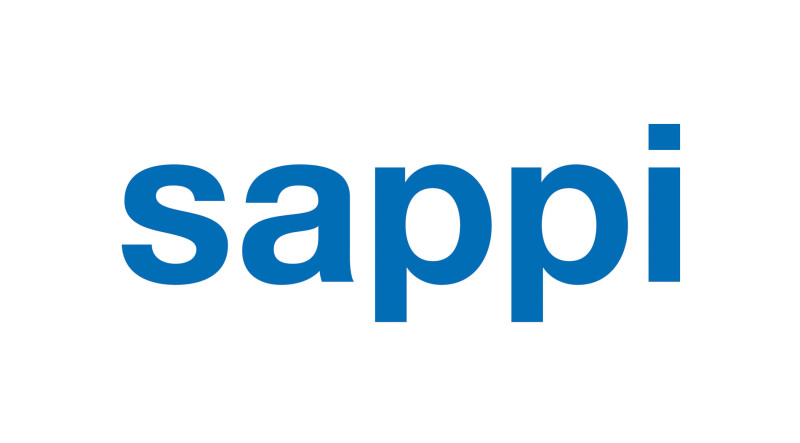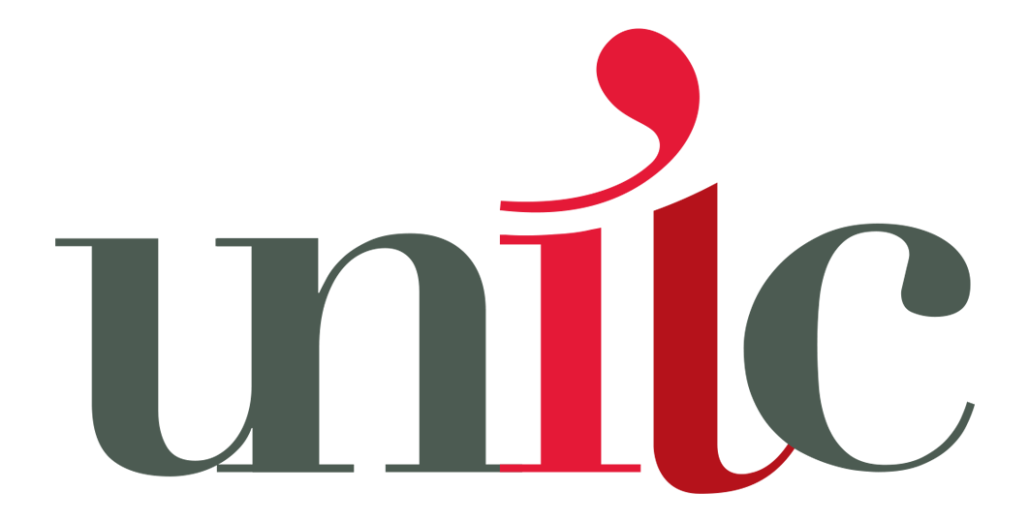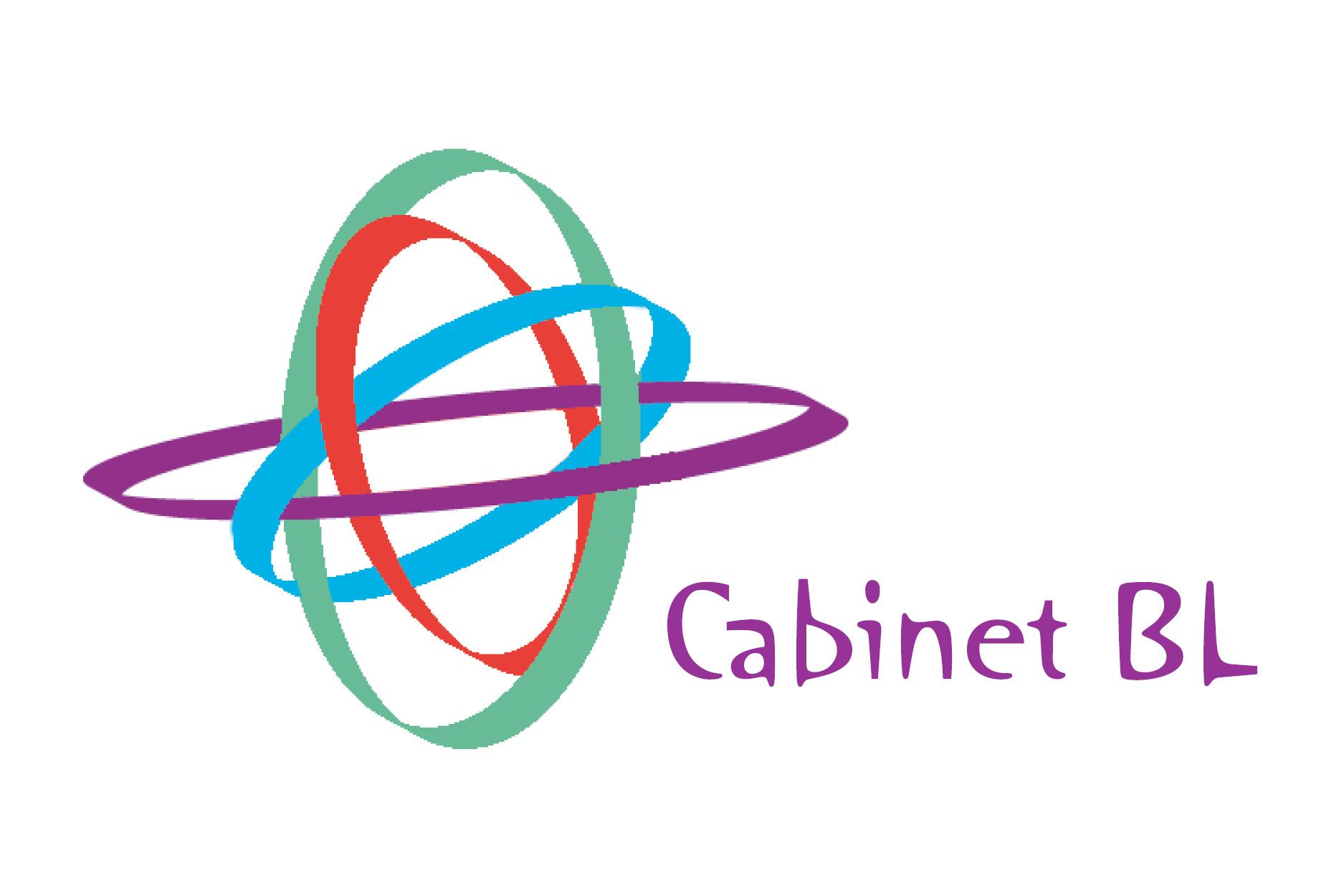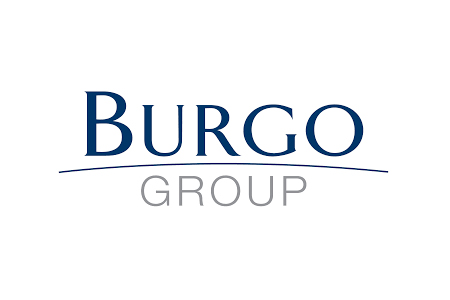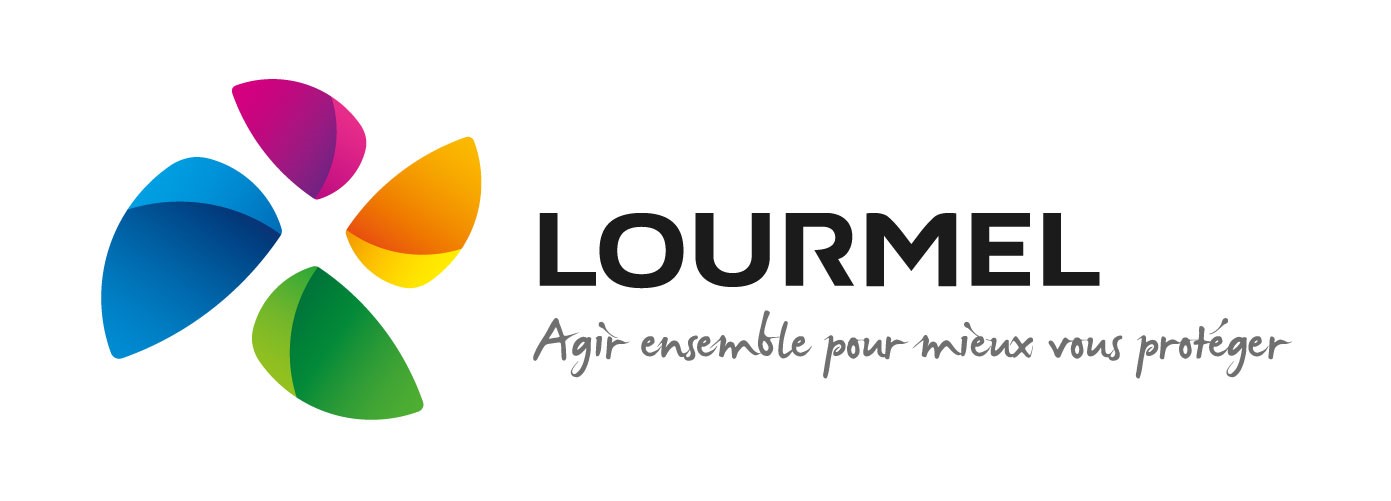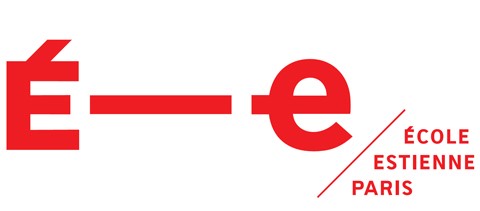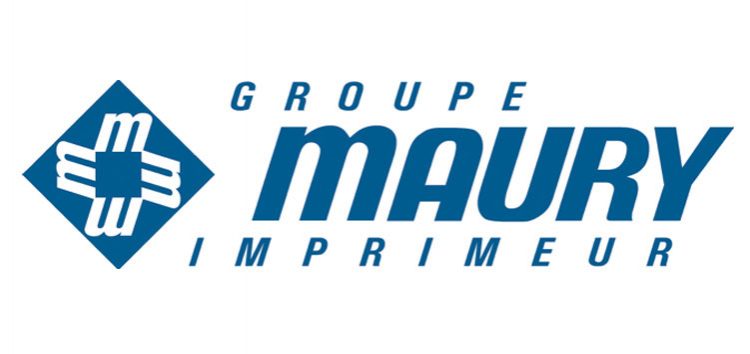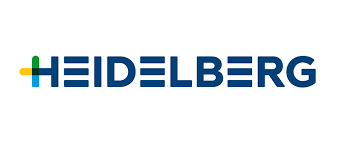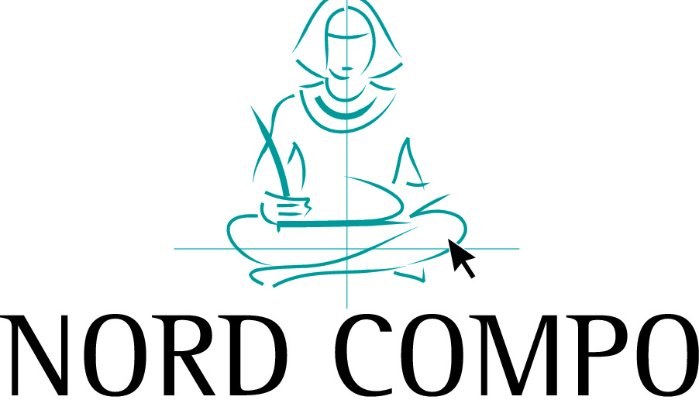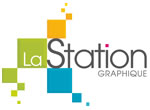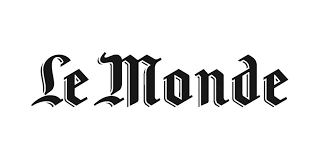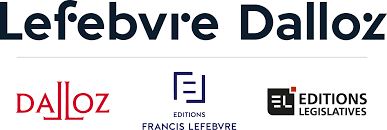La dernière édition des Advertising Expenditure Forecasts de Zenith (Publicis Media), publiée aujourd’hui, indique qu’Internet représentera 52% des investissements publicitaires en 2021, contre 47% en 2019 et 44% en 2018.
Toutefois, l’agence compte sur une stabilisation de la tendance avec la fin de la croissance à 2 chiffres des médias en ligne. En 2021, la croissance annuelle, tirée par le social média et la vidéo, tombera autour de 9% d’après Zenith et s’alignera sur la tendance moyenne du marché par la suite.
L’agence détaille par ailleurs que les médias traditionnels restent l’apanage des grandes marques. La part dominante des médias en ligne est principalement due à la masse des petits annonceurs qui se concentrent sur Google et Facebook. Les grands annonceurs sont encore majoritairement concentrés vers les médias traditionnels, indique Zenith.
L’agence souligne que parmi les médias traditionnels, se distinguent la radio et l’OOH grâce à l’extension de leurs réseaux digitaux.
Internet advertising will exceed half of global adspend in 2021
Although as internet ad market matures, growth projected to slow from 17% to 9% a year
Internet advertising will account for 52% of global advertising expenditure in 2021, exceeding the 50% mark for the first time, according to Zenith’s Advertising Expenditure Forecasts, published today. That’s up from the 47% of global adspend that internet advertising will account for this year, and 44% in 2018.
However, the growth rate is falling rapidly as the internet ad market matures. Internet adspend grew 17% in 2018, but activity in the first half of 2019 leads us to expect only 12% growth for the year as a whole. By 2021 we expect internet adspend growth to have fallen to 9% year on year. The growth rate of the internet ad market is starting to converge with the growth rate of the market as a whole.
Internet adspend growth is led by the overlapping channels of online video and social media, which are expected to grow at average rates of 18% and 17% a year, respectively, to 2021. These channels are benefitting from continued technological improvements to smartphone technology, connection speeds, and advertising targeting and delivery, combined with strong growth in investment in content. 5G technology, which launched in South Korea and the US in April and is starting to roll out elsewhere, will further improve brand experiences on these channels by making mobile connections much faster and more responsive.
Other channels are growing much less rapidly. Paid search, which accounted for 37% of internet adspend in 2018, grew by 11% that year, and we forecast its growth rate to fall to 7% in 2021. A lot of innovation in search is taking place in voice, which is currently not monetised. Online classified advertising (ads sitting alongside other ads rather than content, such as jobs, property and second-hand vehicle listings) is starting to lose out to other digital channels, or free alternatives. Online classified advertising grew 9% globally in 2018, but is already starting to shrink in some markets, and in 2021 we expect spending to decline by 1.6% globally.
Traditional media remains the priority for most big brands
Much of the growth in internet adspend is coming from small, local businesses that spend all their budgets on platforms like Google and Facebook, which offer simple, self-serve tools to manage campaigns, and highly targeted audiences. The fact that large numbers of small advertisers are spending all their budgets online means they are skewing the overall picture. The global average is made up of very many small advertisers that spend all their budgets online, and large advertisers that – on average – devote considerably less than half their budgets to it. Big brands are investing large sums in internet advertising, but the majority are still spending most of their budget in traditional media.
“The categories that have advanced the furthest in using modern digital channels are technology, media, finance and professional services,” said Matt James, Zenith’s Global Brand President. “And even within these, brands still rely on traditional media to create broad mass awareness and reinforce brand values.”
Some traditional media face tough competition
Within the traditional media, print has long been in decline as online alternatives have taken their readers and advertisers. The ad revenues of printed newspapers and magazines peaked at US$164bn in 2007 and will total just US$70bn this year. Broadcast television is now beginning to shrink, though not nearly on the same scale: Zenith forecasts traditional television ad revenues to shrink every year from now to 2021, falling from US$184bn in 2018 to US$180bn in 2021.
Other traditional media are more healthy. Radio is increasing its ad revenue by 1% annually. Out-of-home contractors continue to expand their digital display networks, contributing to 4% annual growth in their revenues. Cinema, though accounting for a tiny 0.8% of total adspend, is growing at 12% a year, thanks mainly to a boom in the popularity of cinema in China.
Global adspend to grow 4.6% in 2019, led by the US
Zenith forecasts global adspend to grow by 4.6% this year, to reach US$639bn. That’s marginally down from the 4.7% growth forecast in March, but is a strong result given the increased estimates of how much was spent in 2018. Zenith now estimates growth in 2018 at 6.4%, up from its previous estimate of 5.9%, creating a tougher comparative for 2019.
Global adspend is now forecast to increase by US$28bn this year. Almost half this growth (US$13bn) will come from the US, which is benefiting from very rapid growth in internet advertising – at 15.4%, ahead of the global average of 11.7%. China will be the next biggest contributor to growth, adding US$4bn in extra adspend, followed by the UK and India at US$1bn each.
“The point at which internet advertising exceeds 50% of global adspend has been approaching for some time, but this is the first time it has appeared in our forecasts,” said Jonathan Barnard, Head of Forecasting at Zenith. “However, 2021 will be the first year of single-digit internet adspend growth since 2001, the year the dotcom bubble burst.”
Lire : Zenith Media du 8 juillet
